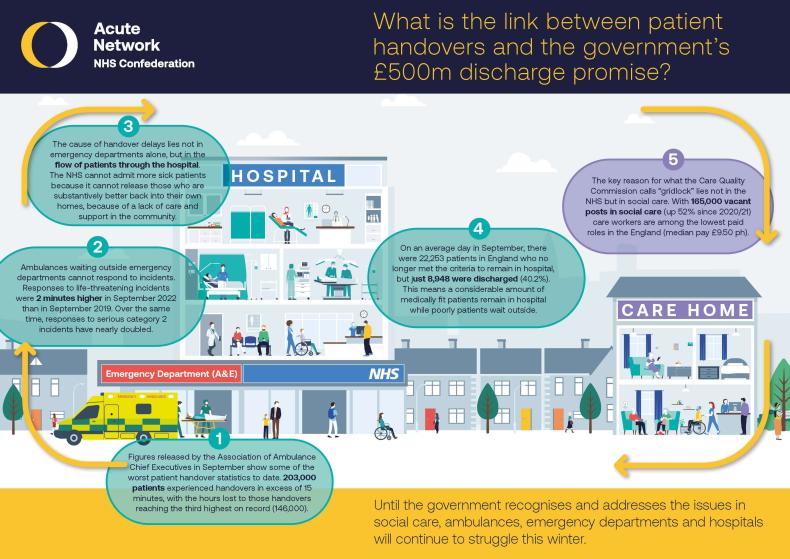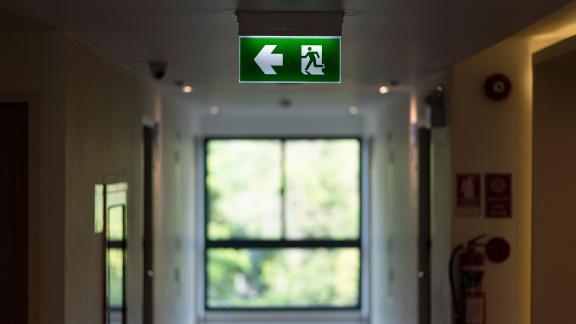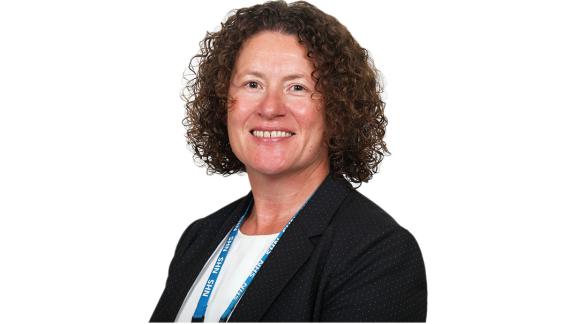Patient handovers and the £500m discharge promise
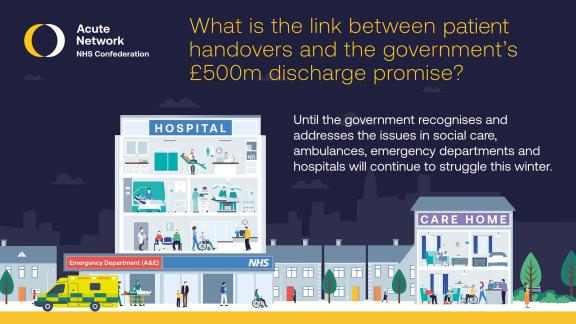
In September the government announced a £500 million Adult Social Care Discharge Fund to help people get out of hospitals and into social care support. The earlier the funding is allocated, the quicker the NHS and local government partners can invest it to tackle what the Care Quality Commission is calling ‘gridlock’.
This infographic joins the dots between discharge, patient flow and patient handovers and shows why it is critical that discharge funding is released at pace.
Download the infographic. View the plain-text version, below.
In detail

Figures released by the Association of Ambulance Chief Executives (AACE) in September show some of the worst patient handover data the NHS has ever reported. 203,000 patients experienced handover delays exceeding 15 minutes, with the hours lost to 15 minute+ handover delays the third highest on record (146,000).
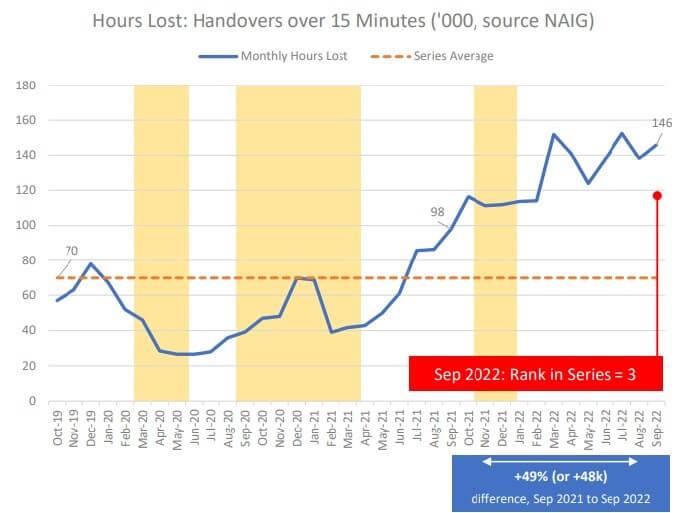
[Source: Association of Ambulance Chief Executives]
21,000 delays were over two hours (also third worst on record), accounting for 41,000 hours lost, with one handover taking 26 hours (the longest recorded). The volume of delays over 120 minutes in the 12 months to September 2022 is now 989 per cent higher than the 12 months leading up to September 2020.
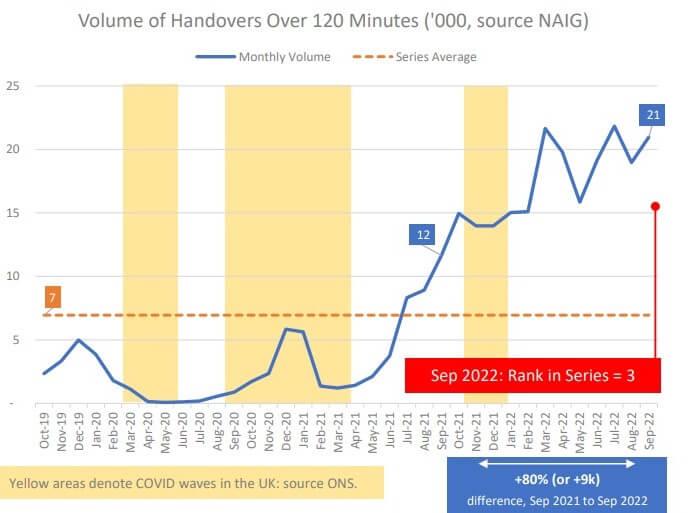
[Source: Association of Ambulance Chief Executives]
With ambulances waiting longer outside emergency departments, the result is a trend of lengthening ambulance response times.

Ambulances waiting outside emergency departments cannot respond to incidents. Responses to life-threatening incidents were 2 minutes higher in September 2022 than in September 2019. Over the same time, responses to serious category 2 incidents have nearly doubled.

The cause of the handover delays lies not in emergency departments alone, but in the flow of patients through hospital. The NHS cannot admit more sick patients because it cannot release those who are substantively better back into their own homes, because of a lack of care and support in the community.
Hospital bed occupancy has been steadily rising since 2020. With so many beds full of patients, it becomes harder to create the space to move people through the hospital.

On an average day in September, there were 22,253 patients in England who no longer met the criteria to remain in hospital, but just 8,948 were discharged (40.2 per cent), meaning a considerable amount of medically fit patients remain in hospital while poorly patients wait outside.

The key reason for what the CQC calls 'gridlock' lies not in the NHS but in social care. With 165,000 vacant posts in social care (up 52 per cent since 2020/21) care workers are among the lowest paid roles in the England (median pay £9.50 ph).
The bottom line
Until the government recognises and addresses the social care issue, ambulances, emergency departments and hospitals will continue to struggle this winter.

